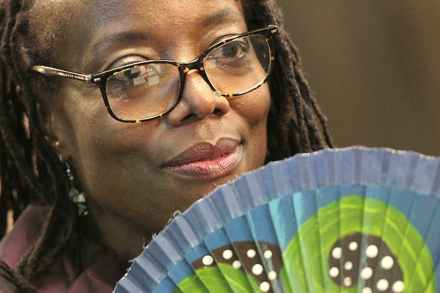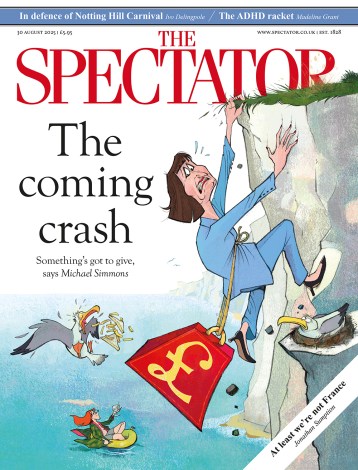Zimbabwe’s chaotic history has at least produced some outstanding fiction
Tsitsi Dangarembga’s arresting Nervous Conditions appeared in 1988 and was the first novel published in English by a black Zimbabwean woman. She is now in mid-career, prominent among those writers who have emerged since independence, who include Petina Gappah, NoViolet Bulawayo and Tendai Huchu. The reason for this flowering of talent cannot be nailed down, but it is clear that Zimbabwe’s turmoil provides plenty of dramatic material. It is noteworthy, too, how many of these novelists are female — and they have abundant subject matter all of their own. Regardless of their country’s independence, liberation for most Zimbabwean women remains a distant prospect. This Mournable Body is set in 1999,











